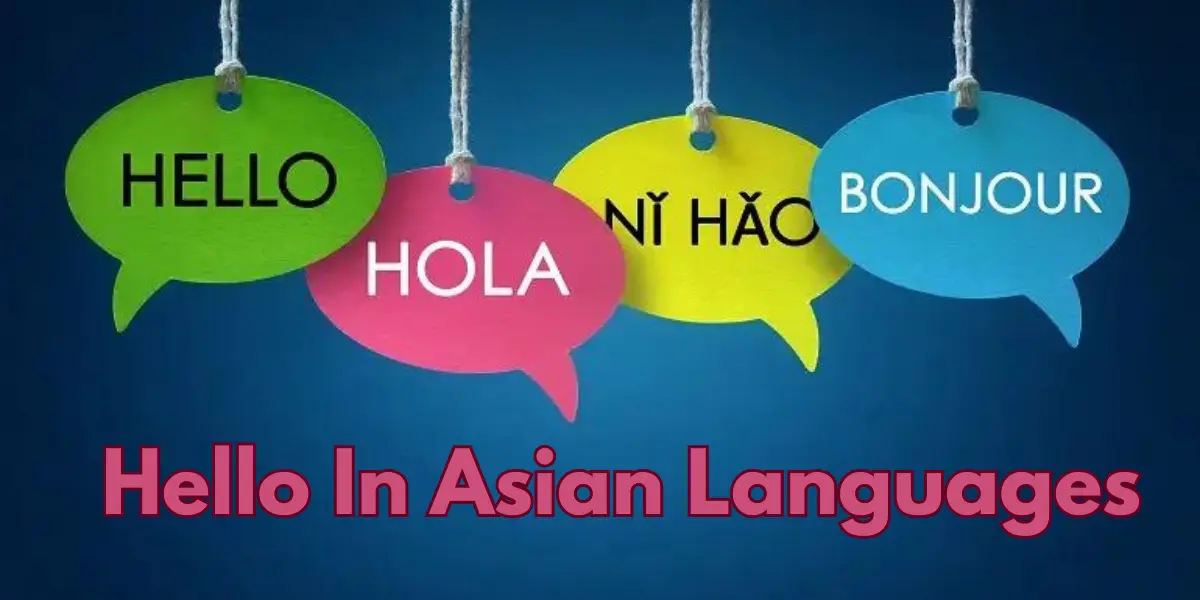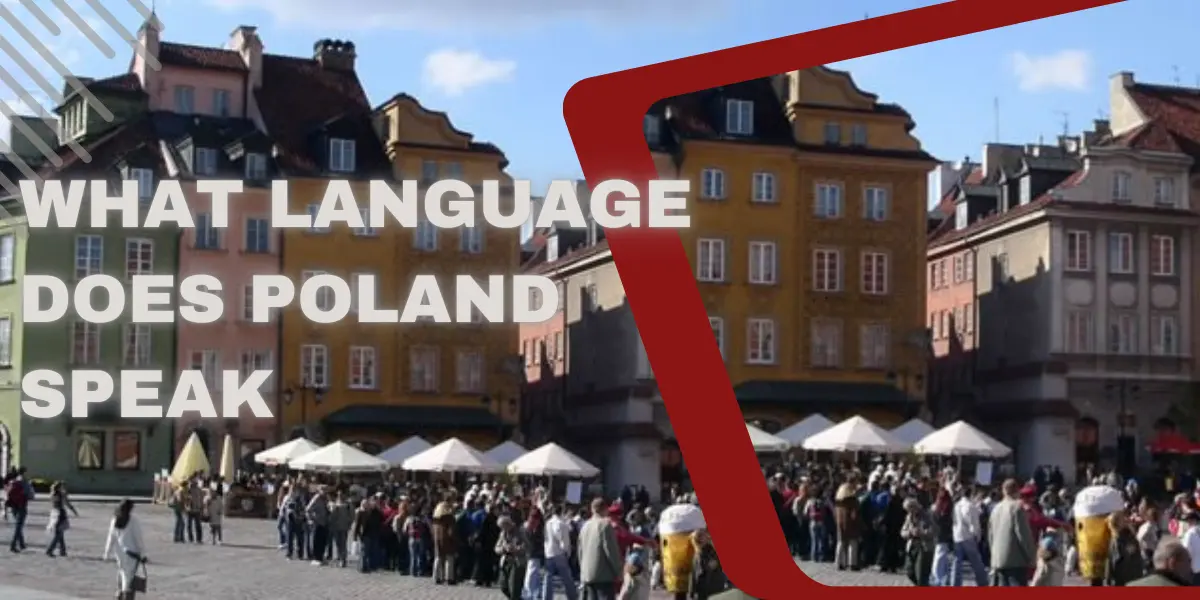Introduction
Hello in Asian Languages: Asia is the largest and most populous continent of Earth, having over sixty percent of earth’s population, with so many different countries that have their own culture, tradition language. Any culture you will go, people around love to greet each other this is one of the most basic ways for how human begins connectlehem with others. Often the point of departure — sharing hello — batting for connecting underlying relationship on board, in journey or enterprise involving life with varieties. As part of our Journey through East and South-East Asia series, we are discussing how to say hello in some major languages spoken on the continent looking into their cultural nuances and importance.
East Asia: Cradle of Ancient Civilizations
(Nǐ hǎo) — Chinese, Mandarin
China Official Language : Mandarin Chinese, over a billion speakers When you say “你好” (Nǐ hǎo), the first character is (nǐ) and means “you,” then goes 好 – a word we learned at the beginning of this review, which in Chinese simply indicates well or good. Together, they make a way to greet some other person in an easy polite manner by saying “hello” basiaclly wishing the opposite particular person well. In Chinese culture, greeting is an important content of interpersonal communication, reflecting shows politeness and good wishes.
Japanese (Konnichiwa)
You also hear (Konnichiwa) everywhere you go in Japan during the daytime. It used to be short for a phrase that went something like “this day”, and later it was used as an afternoon greeting, especially with more older or women. Did you know that there is a polite way to conduct greetings too in Japanese culture; not only do we have the traditional bow when saying hello but it also serves as words with respect and humbling oneself.
Korean- Annyeonghaseyo
There is a deep culture of respect and hierarchy in Korean, which is the official language of both South Korea and North Korea. In more formal situations or to greet someone older than you, single-males would say for males(filters based on speaker). When meeting people, Koreans can easily say (Annyeong), because it is a more casual style (“hello”, greeting). Considering the fact that in Korea, one still uses language as a way of marking age and relationship status,Hence it is pretty essential to learn when and how you can use these no-eches.
Southeast Asia: Linguistic and Cultural melting points.
Thai – สวัสดี (Sawasdee)
Along with (“Sawasdee”, hello) in Thai both hands are put together at the centre of chest slightly below chin as an expression called Wai. When Wai and the word “Sawasdee” are combined, a most respectful greeting that includes some essence of maintaining harmony among people reflects Thai characteristics. It is a very versatile greeting you can hear any time of the day, so it is important for visitors to know.
Vietnamese – Xin chào
Millions more speak the language “Vietnamese” in Vietnam, and if they want to say hello quite simply use the words “Xin chào”. So in context of this phrase, “Xin” is a polite form to say please and “chào” means greet. So we translate the words like that: Reqest Greetings! In Vietnamese culture it is common that greetings differ depending on age and relationship of speakers. “Xin chào” should be used as a formal greeting for someone you don’t know very well, such as when calling the waiter/something like that
Indonesian – Halo
One of the Indonesia_, a country with hundreds and dialects, we can easily construct an example for title attribute usage:_! Though it is pronounced like ‘hello’ the world over, and widely understood throughout the islands. Indonesian, the official language of Indonesia: This simple greeting makes for a good first impression manner among the sociable and interpersonal people in this archipelago.
A New Frenchman in South Asia
Hindi – नमस्ते (Namaste)
In India, which speaks over 1000 languages “नमस्ते” (Namaste) is a universally accepted greeting. 1) Namaste comes from the Sanskrit and it translated to (I bow to you). This is often accompanied by a slight bow and the hands in prayer-like formation pressed against the chest, demonstrating that respect. The term ‘Namaste’ is known generally throughout the country, although it’s mainly used in North India!
Bengali – নমস্কার (Nomoshkar)
(Bengali) — Most common language spoken in the Indian state of West Bengalfand also another country called BangladeshHow to say “hello” in Bangla: Namoshkar Show Respect (Similar to ‘Namaaste’, showed repect, usually in polite or formal tone) The various dialects of Bengali are among the most widely spoken languages in the world, and learning this greeting can open doors for you to learn more about the unique cultural traditions that people who speak those languages have.
Urdu – سلام (Salam)
The national language of Pakistan, widely spoken in India: Greeting “سلام+Salam†short form word (is an abbreviation ), As-salamu alaykum written such as “+As-Salaam-Alaikum” meaning peace be upon you. Salam is a casual greeting of peace and respectfulness that can be used in almost any social situation, as one might expect from Muslim communities.
Oriental Institute — Central Asia: Empire’s Crossroad
Hello — Здравствуйте (Zdravstvuyte) [Transliteration of Russian]
Thousands of kilometers east through most Central Asia in Kazakhstan, Uzbekistan and Kyrgyzstan they will say hello with “Здравствуйте” (Zdravstvuyte) which we should know is Russian. It is a difficult to pronounce formal greeting but it sounds like myachi and in important for courteous interactions. This region is kind of a central meeting place for many of the Stans, and if you know how to say hello in Russian, than it do wonders especially as the lingua franca still prevalent around here.
Kazakh — Сәлеметсіз бе (Sälemetsiz be)
In Kazakhstan the Kazakh language greeting is “Сәлеметсіз бе” (Sälemetsiz be) that means are women, a gentleman. Kazakh people, whose culture is long rooted in nomadic traditions of their ancestors, treasure hospitality and respect for a human beings so this form of greeting represents contribution to the friendly mutual relations.
Uzbek – Салом (Salom)
The standard spoken language in Uzbekistan is Uzbek, which has its origin from the Turkic family and people generally greet with “Salom” or “Hello”. Handshake is part of the greetings in Uzbekistan, as like shirt qa n’a [joke], a.k.a. qatnolikipanya among CA fellas/sisters tackling female handshake tabu issue originating from afghanistanees says(as other typed) with men/non-mahrim person ( nomen ali uvedjab caravan al-&moot CO.) Salom Salom is from Arabic (derived name of god) which means peace, respect.
Middle East: Cradle of Life
Arabic (Marhaba)
Almost every in the Middle East and North Africa uses Arabic which is why “hello” officially goes here… to say this like everyone else! A familiar greeting throughout the Arab world, it can be used in formal and informal situations. In Arabic culture, hospitality is one of the key aspects and greetings were also included as a main part in social communication where it would be followed by an asking about how life was going with that person.
Salut (French) persian
The post Greetings in 101 Languages appeared first on ramairecom.get External Storage( across.
A common greeting in Persian language (or Farsi) that Iranians use, for example is COMMON GREETING □ Persilingual ╄ Twf Somewhat analogous to the Arabic “Salam,” this word carries peaceful connotations and is an essential component of Persian social etiquette. One of the things I really miss about Persian culture is that they will always emphasis on being polite, respectful and be overly courteous when talking.
Conclusion
Saying hello in someone else’s language is a small thing but can go far. It demonstrates respect, cultural literacy and desire to establish a relationship on the level of an individual. In Asia, from fast paced cities like Beijing and Mumbai to the laid back pastorial settings of Central Asia each “hello” is loaded with layers og history culture societal approval dos & donts. Working, traveling or just connecting with other cultures; these greetings are super important if you want to find out what people around the world say hello. Therefore, the next time you go to an Asian country-be sure greet locals with a simple “Hi” in their language; it can help broaden your perspectives!
Also Read: Exploring the Hardest Languages to Learn on Earth



